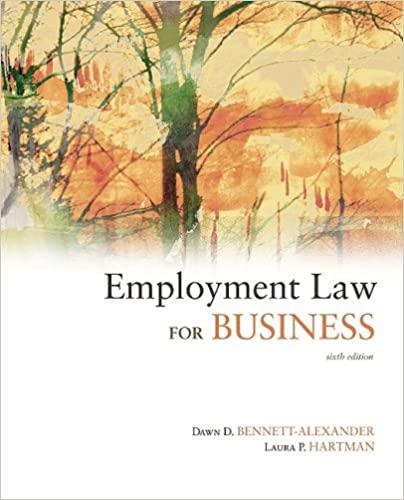Question:
Rehrs was a warehouse technician for Iams Company (a pet food manufacturer) who suffered from Type I diabetes. Iams ran its plant on a straight shift schedule—three shifts that ran for eight hours each throughout 24-hour days. When Iams was purchased by Procter & Gamble, P&G instituted shifts of 12 hours each for warehouse technicians, which rotated every two weeks. After two years of rotating shifts Rehrs suffered a heart attack and was then medically restricted from working a rotating shift. P&G claims that a rotating shift is an essential function of the job because all of its facilities operate under this “high performance work system.” P&G contends shift rotation exposes employees to management and to more resources, suppliers, and outside customers with whom the company only interfaces during the day shift. P&G believes this type of exposure provides all employees with additional opportunities for training and development to further their career opportunities in the company and, in turn, increases productivity. Plus, if Rehrs did not rotate, someone else would lose their rotation option as well. Are you persuaded by P&G’s arguments? Is shift rotation an essential job function? [Rehrs v. The Iams Company, 486 F.3d 353 (8th Cir. 2007).]







